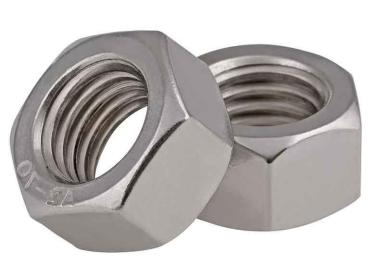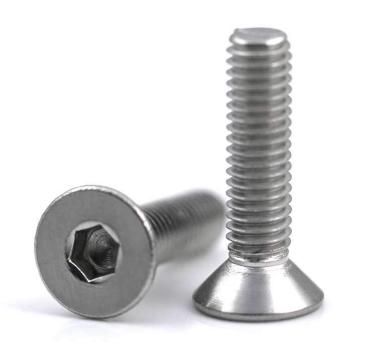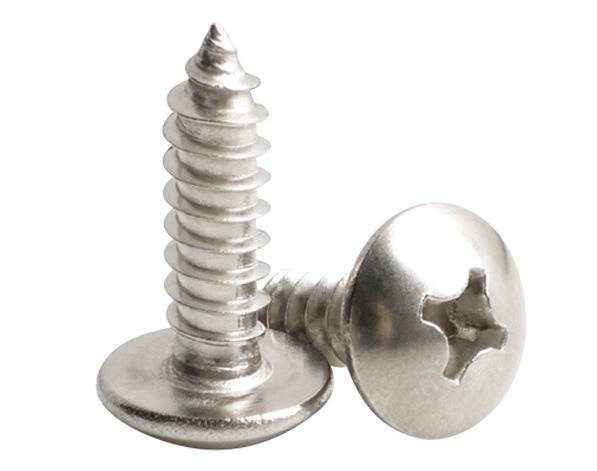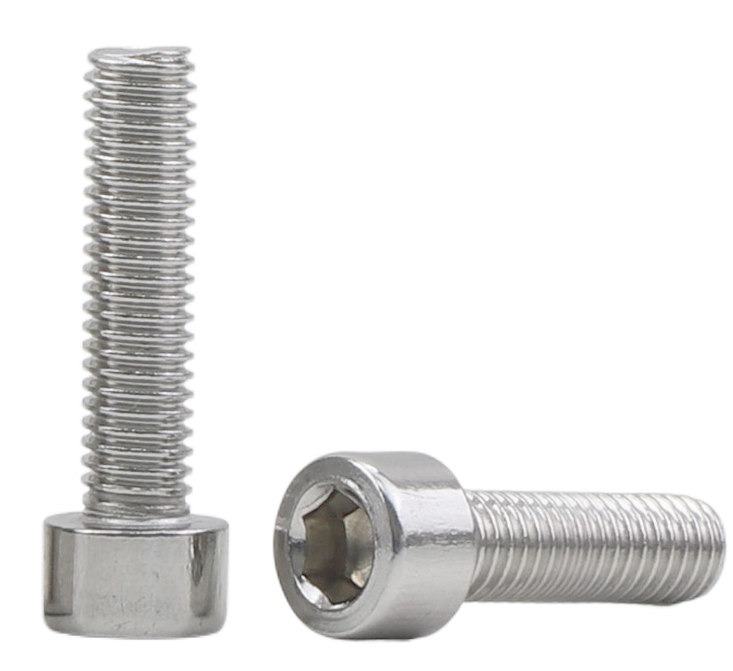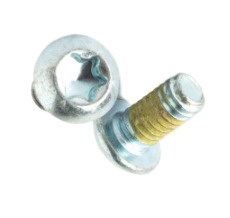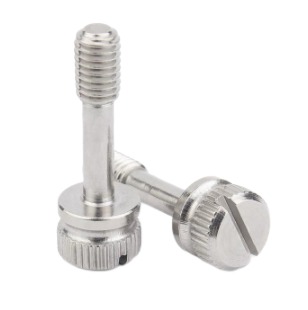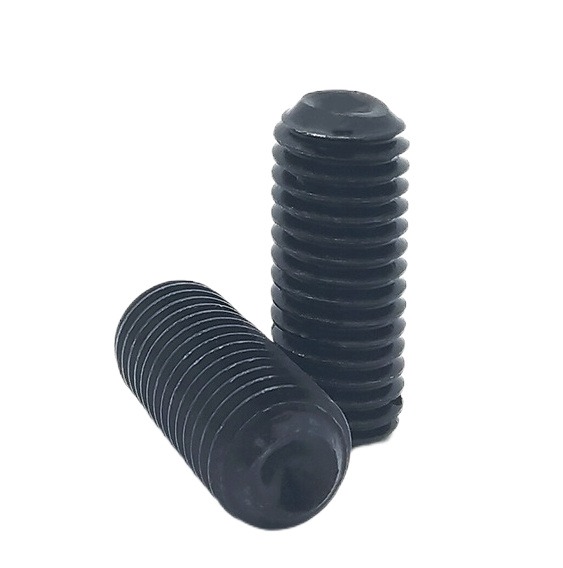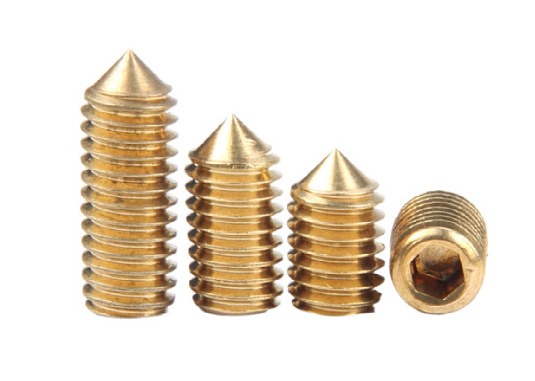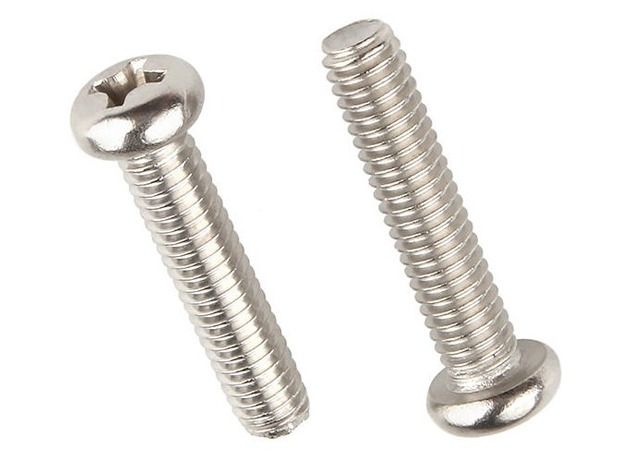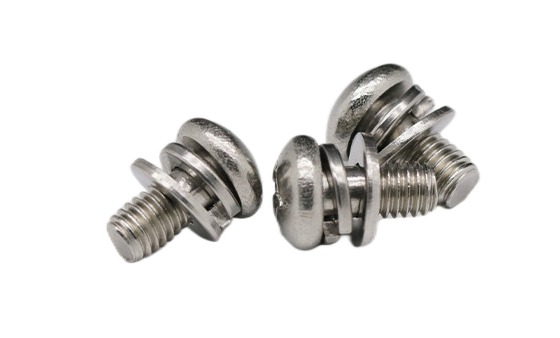What Are Thread Manufacturing Methods
Threads are an easy way to assemble multiple components (sheet metal, injection molded or CNC machined parts). The processing efficiency and quality of the thread will directly affect the processing quality of the parts and the production efficiency of the machining center. This article will introduce in detail what thread manufacturing methods are.
Thread Cutting
Thread cutting machining or production refers to the process or production of machining large quantities of threaded parts with automatic multi-axis machine tools. Thread cutting is the most efficient and economical processing method for processing threaded parts.
Generally refers to the use of thread cutting tool, that is, the method of processing threads on workpieces with forming tools or abrasive tools, mainly including turning, milling, grinding, etc. The products produced include thread cutting bolts, thread cutting nuts, thread cutting screws and so on.
Thread Milling
Thread milling tool and thread milling machine:
Thread milling is performed on a thread milling machine with a disc milling cutter or a comb milling cutter.
Disc milling cutters are mainly used for milling trapezoidal external threads on workpieces such as screw rods and worms.
Comb milling cutters are used for milling internal and external common threads and taper threads.
Advantages of thread milling:
1. Thread milling has great advantages in processing accuracy and processing efficiency.
2. The processing is not limited by the thread structure and the direction of rotation of the thread. A thread milling cutter can process a variety of internal and external threads with different directions of rotation.
3. The durability of the thread milling cutter is more than ten times or even dozens of times that of the tap.
4. In the process of CNC milling thread, it is very convenient to adjust the diameter of the thread.
This method is suitable for mass production of general precision threads or rough machining before grinding.
Thread Turning
Thread turning is a traditional processing method for processing threads with a thread turning tool, and it is also the most commonly used basic processing method.
Features of thread turning:
1. The tools and equipment used in this method are more versatile, and can process internal and external threads of various shapes, sizes and different precisions.
2. It is especially suitable for processing large-sized threads.
3. The disadvantage is that the production efficiency is low and the technical level of the workers is high, so it is only suitable for single piece and small batch production.
Thread turning tools
1. In order to make the shape of the thread turned out accurately, the shape of the edge of the thread turning tool must match the shape of the axial section of the thread.
2. Whether the clamping of the thread turning tool is correct or not has a great influence on the thread turned out.
Thread Grinding
For precision threads that require heat treatment, grinding is required to ensure the quality of the threads.
According to the shape of the cross-section of the grinding wheel, it can be divided into two types: single-line grinding wheel and multi-line grinding wheel.
Single line grinding wheel:
The pitch accuracy that can be achieved by single-line grinding wheel grinding is 5-6 grades.
The surface roughness is R1.25-0.08 micron.
Grinding wheel dressing is more convenient.
This method is suitable for grinding precision lead screws, thread gauges, worms, small batches of threaded workpieces and relief grinding precision hobs.
Multi-line wheel grinding:
Divided into longitudinal grinding method and cut grinding method.
The width of the grinding wheel of the longitudinal grinding method is smaller than the length of the thread to be ground.
The thread can be ground to the final size by one or several strokes of the grinding wheel longitudinally.
In the plunge grinding method, the width of the grinding wheel is greater than the length of the thread to be ground.
The grinding wheel cuts radially into the workpiece surface.
The productivity is higher, but the accuracy is slightly lower.
Grinding wheel dressing is more complicated.
Advantages of Thread grinding:
1. Grinding thread has high precision and low surface roughness, and can also process quenched and high-hardness threads, and can correct the deformation after quenching.
2. For workpieces with smaller diameters, threads can be directly ground after heat treatment.
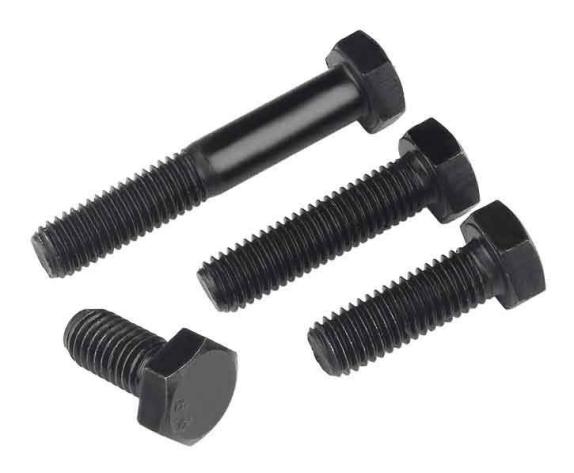
Summarize
KENENG is a fasteners manufacturer in China, we provide screws, bolts and nuts, washers, rivets, etc. used in various industries including automotive, aviation, electronics, etc. You can provide your drawings and requirements, as a professional custom fasteners manufacturer, we can solve your needs with high cost performance and high quality service.

